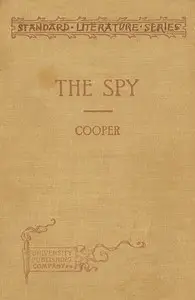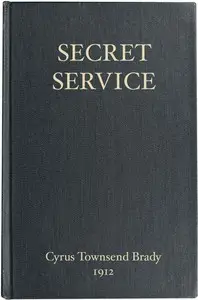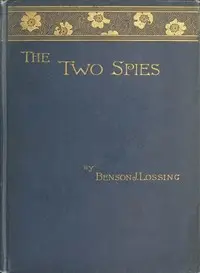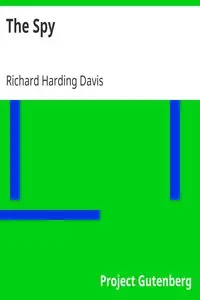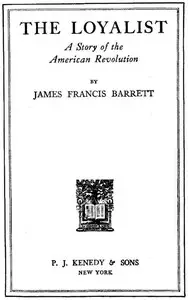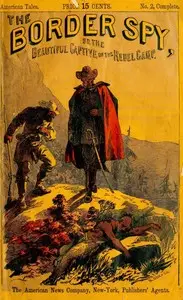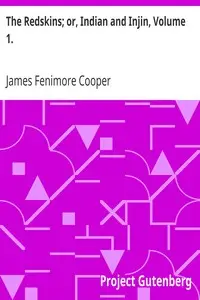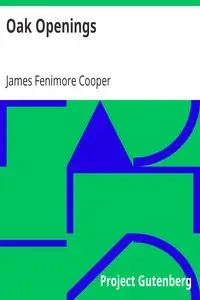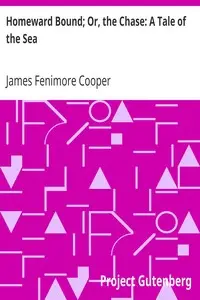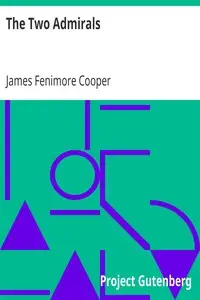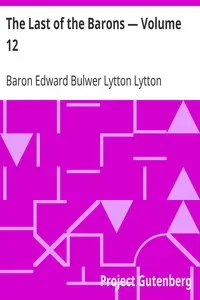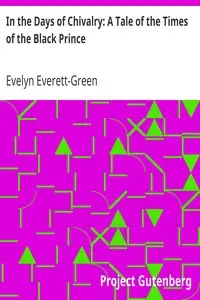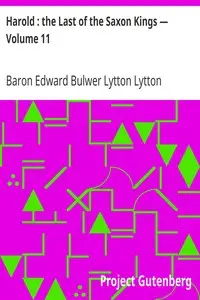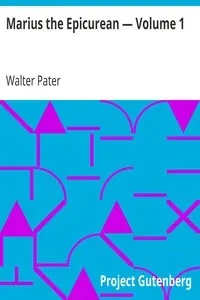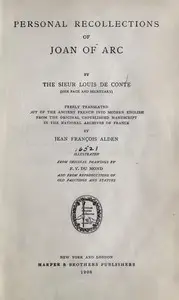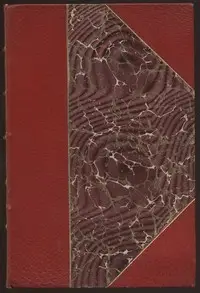"The Spy" by James Fenimore Cooper is a historical novel that explores the complicated choices people faced during the American Revolutionary War. Set in Westchester County, New York, in 1780, the story centers on Harvey Birch, who appears to be a simple traveler seeking shelter, but who is actually a spy operating in a dangerous world of divided loyalties. The story begins with Birch looking for cover from a storm, immediately creating an atmosphere of doubt and risk as he meets different people who are fearful of outsiders. The interactions among the characters highlight the friction between those loyal to the British and those fighting for independence, showing how difficult it was to know who to trust. The narrative highlights the moral complexities of war and espionage, laying the foundation for a tale of identity and loyalty.
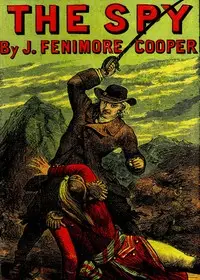
The Spy
By James Fenimore Cooper
In a divided land during a revolutionary war, a mysterious traveler's search for shelter unveils a world of hidden identities, fragile loyalties, and deadly secrets.
Summary
About the AuthorJames Fenimore Cooper was an American writer of the first half of the 19th century, whose historical romances depicting colonial and indigenous characters from the 17th to the 19th centuries brought him fame and fortune. He lived much of his boyhood and his last fifteen years in Cooperstown, New York, which was founded by his father William Cooper on property that he owned. Cooper became a member of the Episcopal Church shortly before his death and contributed generously to it. He attended Yale University for three years, where he was a member of the Linonian Society.
James Fenimore Cooper was an American writer of the first half of the 19th century, whose historical romances depicting colonial and indigenous characters from the 17th to the 19th centuries brought him fame and fortune. He lived much of his boyhood and his last fifteen years in Cooperstown, New York, which was founded by his father William Cooper on property that he owned. Cooper became a member of the Episcopal Church shortly before his death and contributed generously to it. He attended Yale University for three years, where he was a member of the Linonian Society.


